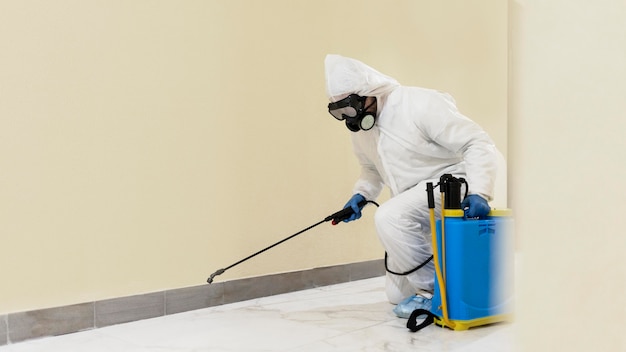
Effective Termite Treatments for Quick Infestation Removal
Termite infestations can cause significant damage to properties, often going unnoticed until the damage becomes severe. These pests feed on wood and other materials containing cellulose, posing a threat to the structural integrity of buildings. Swift and effective removal of termite infestations is crucial to prevent further damage. This article explores various termite treatment options and offers guidance on choosing the best approach for quick infestation removal.
Understanding Termite Infestations
Recognizing the Signs
- Swarms of winged termites, especially around windows and doors.
- Hollow-sounding wood when tapped.
- Discarded wings near entry points into the building.
- Mud tubes on exterior walls or wooden beams.
- Frass, which looks like small piles of sawdust.
Recognizing these signs early is key to preventing extensive damage. Read more about this topic to understand how inspections can help identify these signs accurately.
Effective Termite Treatments
Chemical Treatments
Chemical treatments are among the most common methods for termite control. These involve the use of liquid termiticides applied to the soil around the foundation of the building to create a chemical barrier. This barrier prevents termites from entering the structure and eliminates existing colonies. For detailed guidance on chemical treatments, find additional information here.
Baiting Systems
Baiting systems provide an eco-friendly alternative to chemical treatments. These involve placing bait stations around the property, which termites consume and carry back to their colonies. The bait contains substances that disrupt the termites' growth, eventually eliminating the entire colony. Explore further insights here on how baiting systems can be integrated into an overall pest management strategy.
Heat Treatments
Heat treatments are a chemical-free method that involves raising the temperature of an infested area to a level lethal to termites. This method is effective for localized infestations and is particularly beneficial for homeowners concerned about chemical exposure. Learn more in this detailed guide about the advantages and limitations of heat treatments.
Fumigation
Whole-structure fumigation is often used for severe infestations. This involves sealing the building and introducing a gas that penetrates all areas, eradicating termites. Although effective, it requires vacating the property for several days and is generally used as a last resort. Explore further insights here regarding the preparation and safety measures involved in fumigation.
Choosing the Right Treatment
The choice of treatment depends on several factors, including the severity of the infestation, the type of termites, and environmental considerations. Consulting with a professional pest control service is advisable to determine the best approach for your specific situation. Learn more in this detailed guide about how inspections can inform treatment decisions.
Preventive Measures
Prevention is always better than cure. Implementing preventive measures can reduce the risk of future infestations:
- Regular inspections by a qualified professional.
- Eliminating moisture sources and ensuring proper drainage around the property.
- Sealing cracks and crevices in the foundation and walls.
- Storing firewood and timber away from the building.
Regular maintenance and monitoring can help in early detection and prevention of termites. Find additional information here for comprehensive preventive strategies.